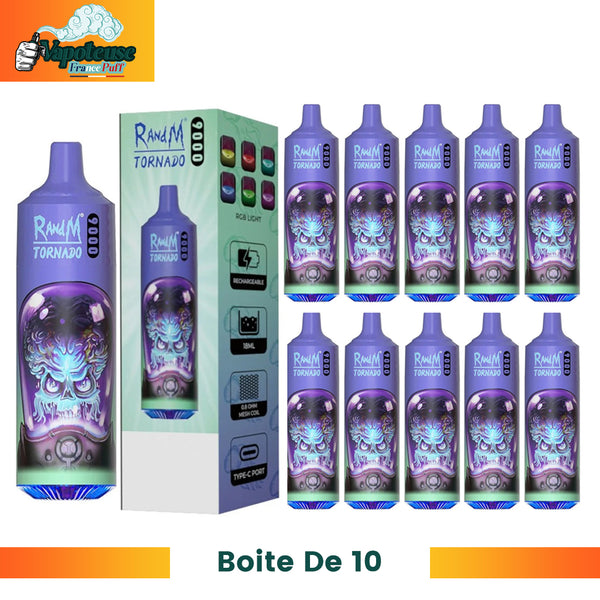Why Product Photography Services Are the Key to E-commerce Success in 2025
In a world dominated by online shopping and digital-first marketing, one factor remains consistently powerful: visuals. Whether you’re browsing a fashion website, checking out electronics, or scrolling through a lifestyle brand on social media, the product photos are what grab your attention first. That’s why product photography services have become an essential part of e-commerce and branding success.
It’s often said that a picture is worth a thousand words—but in digital retail, a picture is worth a thousand clicks, purchases, and impressions. This blog explores the growing importance of product photography services, how they work, their impact on consumer behavior, and why businesses must take them seriously in 2025 and beyond.
The Role of Product Photography in Digital Commerce
As online shopping continues to outpace traditional retail, businesses face a major challenge: convincing customers to buy something they can’t physically touch, hold, or try. This is where professional product photography services play a critical role.
High-quality images are no longer a luxury—they’re an expectation. A clear, attractive, and well-composed product photo builds trust, increases sales, and strengthens brand perception. On the other hand, poor visuals can lead to lower engagement, abandoned carts, and negative impressions.
Shoppers rely on visuals to make decisions. Whether it’s the texture of a fabric, the shine of a finish, or the design of packaging, customers want to know exactly what they’re getting before they click “Buy.” Product photography bridges that gap between digital and physical, offering a virtual experience that influences real-world choices.
What Are Product Photography Services?
Product photography services are professional offerings that involve photographing products in the best possible way to highlight their features, quality, and usability. These services are typically used by brands, online stores, marketplaces, and advertising agencies to create compelling product visuals for e-commerce platforms, social media, catalogs, print materials, and more.
These services typically include:
- Concept Planning: Understanding the brand, target audience, product type, and campaign goals to design the right shoot approach.
- Studio or On-Site Shooting: Depending on the product, photos are taken in a controlled studio environment or on location with props, models, and backgrounds.
- Lighting and Equipment Setup: Use of professional cameras, lighting systems, reflectors, and editing tools to capture sharp and accurate images.
- Post-Processing: Editing, color correction, retouching, and resizing the images to suit various platforms like Amazon, Shopify, Instagram, or print.
Professional product photography services go beyond capturing an image—they focus on capturing attention, driving action, and enhancing the buying experience.
Types of Product Photography Services
Not all products are photographed the same way. Depending on the nature of the item and its intended use, businesses can choose from several types of product photography services.
1. White Background Photography
Also known as “catalog photography,” this is the most common format used on e-commerce sites like Amazon and Flipkart. The focus is on a clean, distraction-free product presentation.
2. Lifestyle Product Photography
This style shows the product being used in real-life situations. It helps customers imagine how the product fits into their own lives, making it more relatable.
3. Flat Lay Photography
Popular for fashion, beauty, and accessories, this style features products arranged flat against a surface and shot from above. It’s both aesthetic and informative.
4. 360-Degree Photography
This involves taking multiple shots of a product from all angles and combining them into an interactive experience. Customers can rotate and explore the item virtually.
5. Macro Photography
Used for capturing intricate details of small products such as jewelry, watches, or electronics, highlighting quality and craftsmanship.
6. Ghost Mannequin Photography
This technique is widely used in fashion where clothing is photographed on a mannequin and the mannequin is edited out later to show how the outfit fits without any distractions.
7. Group Product Shots
Ideal for bundles, kits, or product families. These images show related items together to help in upselling and product comparisons.
Each of these approaches requires a different skill set, setup, and editing workflow. That’s why specialized product photography services can make a big difference in quality and impact.
Benefits of Hiring Professional Product Photography Services
While smartphones have improved in quality, professional photography remains unmatched. Here’s why businesses, especially e-commerce brands, should invest in product photography services:
1. Builds Customer Trust
Clear, well-lit, and true-to-life photos eliminate doubts and make your product appear reliable. People trust what they can clearly see.
2. Boosts Conversions and Sales
Professionally shot images increase the likelihood of purchases. Better visuals mean higher engagement and fewer cart abandonments.
3. Reduces Returns
When products look exactly as they do in real life, customers are less likely to be disappointed and return them.
4. Improves Brand Image
Cohesive and polished product visuals give the impression of a premium, well-organized brand, regardless of company size.
5. Optimizes Multi-Platform Use
Photos are delivered in proper formats and sizes for websites, marketplaces, and social media, ensuring maximum usability.
6. Saves Time and Resources
Hiring professionals ensures that your team can focus on marketing, sales, or logistics while the photography experts handle the visuals.
Industries That Rely on Product Photography Services
While product photography is most commonly associated with fashion and e-commerce, its application spans across a wide range of industries:
- Fashion and Apparel: Clothing, accessories, and shoes require model shots, ghost mannequin, and flat lay styles.
- Electronics and Gadgets: Clear visuals showing ports, interfaces, packaging, and size comparison are crucial.
- Food and Beverage: Restaurants, cafes, and packaged food brands use photography to entice customers through social media and delivery apps.
- Beauty and Cosmetics: Makeup products, skincare, and grooming kits benefit from high-detail, clean images.
- Jewelry and Luxury Goods: Macro photography is essential to showcase craftsmanship and materials.
- Home and Kitchen: Furniture, appliances, and utensils require context-based lifestyle shots and clear dimensioning.
- Books and Stationery: Covers, interior pages, and packaging need to be shown accurately to appeal to the right audience.
Across all industries, the common goal remains the same: to present products in a way that sells.
The Connection Between Product Photography and SEO
Well-optimized product images also contribute to search engine performance. Here’s how product photography services support SEO:
- Image Alt Tags: When images are delivered with proper alt text, it improves accessibility and helps search engines understand the content.
- Fast Load Times: Professional photographers provide optimized images that retain quality without slowing down page speed.
- Rich Snippets: Platforms like Google Shopping display images in search results, making good photography even more important for visibility.
- Increased Time on Page: Better visuals hold customer attention longer, increasing the chances of conversion.
So, product photography services aren’t just about looking good—they’re about performing well in search engines too.
Trends in Product Photography Services for 2025
The way consumers shop and browse online is always evolving. Here are some major trends shaping product photography this year:
1. Mobile-First Imagery
Photos are being created with mobile screens in mind—vertical layouts, minimal design, and optimized sizes.
2. Video Integration
Short product videos and motion graphics are being combined with static shots to create richer product listings.
3. Augmented Reality (AR)
AR-compatible images allow customers to “try before they buy,” especially in furniture, eyewear, and home decor categories.
4. User-Generated Style Photography
Brands are now blending studio shots with influencer-style, natural-looking photos to build trust and relatability.
5. Natural Lighting and Soft Editing
There is a move away from overly polished looks. Soft, natural, and authentic photos are gaining preference among younger shoppers.
Staying updated with these trends helps businesses remain relevant and appealing to modern consumers.
How to Choose the Right Product Photography Services
When selecting a photography partner, it’s important to consider more than just price. Here are some tips to find the right fit:
- Review Portfolios: Check their previous work in your product category.
- Understand Their Specialization: Not all photographers are experienced in product work. Make sure they understand lighting, angles, and styling specific to your industry.
- Ask About Editing and Turnaround Time: Post-production can take time. Ensure their delivery schedule works for your business.
- Clarify Usage Rights: Ensure you have full rights to use the photos across platforms.
- Look for Consistency: Uniform image quality across your products is vital for professional branding.
A good product photography team will not only shoot but also guide you on how to best present your products for maximum appeal.
Common Mistakes to Avoid in Product Photography
Even with the best intentions, many businesses fall into traps that can be avoided with professional help:
- Using inconsistent lighting across images
- Relying too much on filters or artificial effects
- Not showing enough angles or close-ups
- Using generic stock photos instead of real product shots
- Ignoring image dimensions required by marketplaces
- Overlooking the importance of photo descriptions and alt tags
Avoiding these mistakes improves your online credibility and gives customers the confidence they need to make a purchase.
Final Thoughts: Visuals Drive Conversions
In 2025, attention is currency—and product visuals are what earn that attention in the digital marketplace. With thousands of brands competing for clicks, professional product photography services provide a way to stand out, attract interest, and convert visitors into customers.
Good product photos don’t just show what you sell—they show why it matters. They reflect quality, care, and brand personality. They give shoppers the visual assurance they need before making a decision.
Whether you’re launching a new product line, upgrading your online store, or planning a social media campaign, investing in product photography services ensures your brand is seen, trusted, and remembered.
Also Read – Level Up: Social Media Advertising for interior Designers













